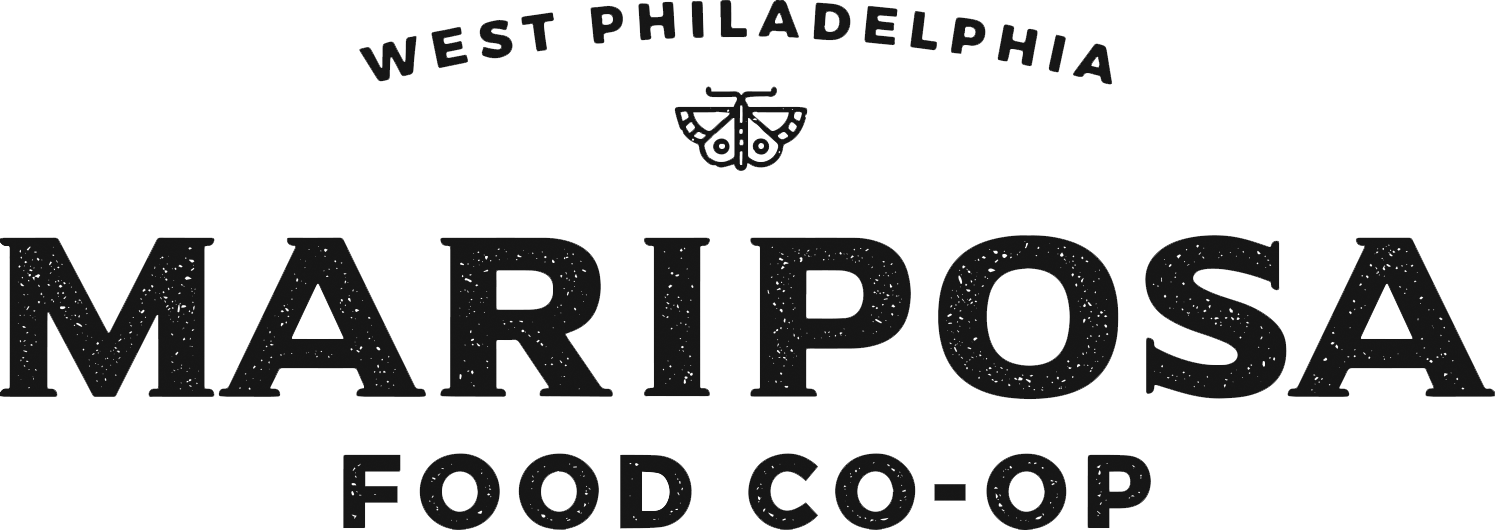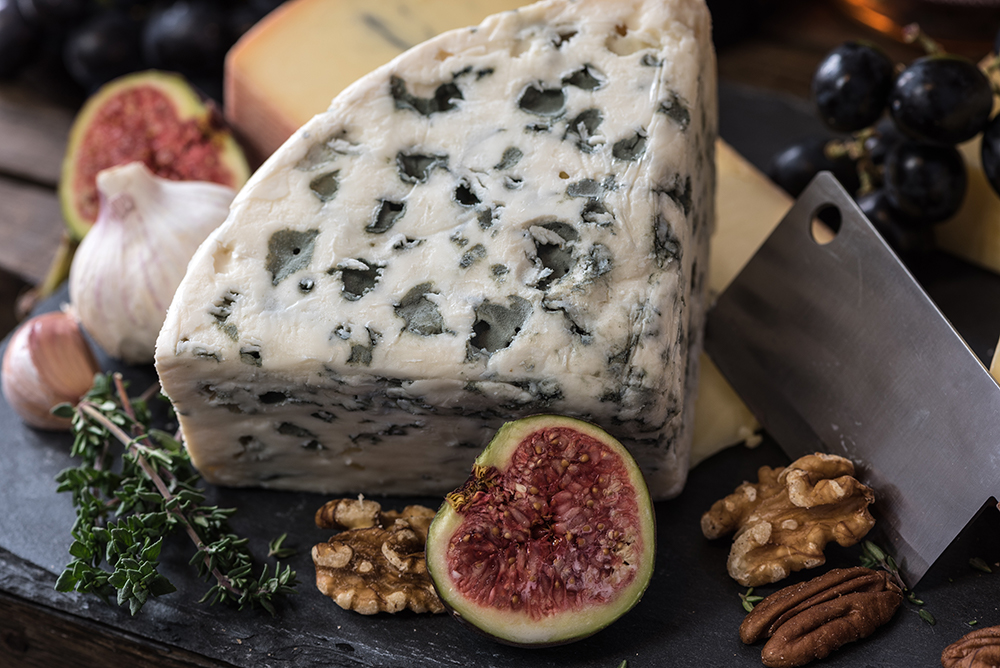Putting together a spectacular cheese platter is easier than you might think. Here are a few tips:
The cheese platter
- Serve cheese at room temperature. The cold from the refrigerator inhibits its flavor, so take your cheese out half an hour before guests arrive to allow it to “bloom.”
- Provide a serving utensil for each variety of cheese on your tray.
- Serve a selection of three to five contrasting cheeses. Think different tastes, colors, and textures, like mild with robust (like Brie with blue cheese), fresh with aged (like Boursin with aged Gruyere), or soft with hard cheeses (like chevre with Parmesan).
- Create a themed tray by offering cheeses from one region or source, or showcase an array of cheeses made from different milks (cow, goat, sheep).
Accompaniments
Whether you serve them individually or on the same platter, some foods are perfect complements to cheese. These include:
- Fresh and dried fruits
- Crostini, flatbread, and other crackers
- Hearty and crusty breads
- Olives
- Nuts
- Honey
To create an antipasto platter, include a mix of marinated vegetables and cured meats.
Wine and beer cheese pairings
In general, a wine that comes from the same geographic area as the cheese will be a good match. Here are some other pairings:
- Goat cheeses and dry red wines
- Cheddars with sweet wines and pale and brown ales
- Fresh, medium, and hard cheeses with crisp, fruity red or white wine
- Cheeses with bloomy rinds (like Brie) and fruity red wines or light, dry champagnes
- Swiss cheeses with dark lagers, bocks, and Oktoberfest beers
- Feta and wheat beers
- Sweet cheeses with fruity beers
Reprinted by permission from StrongerTogether.coop. Find articles about your food and where it comes from, recipes and a whole lot more at www.strongertogether.coop


